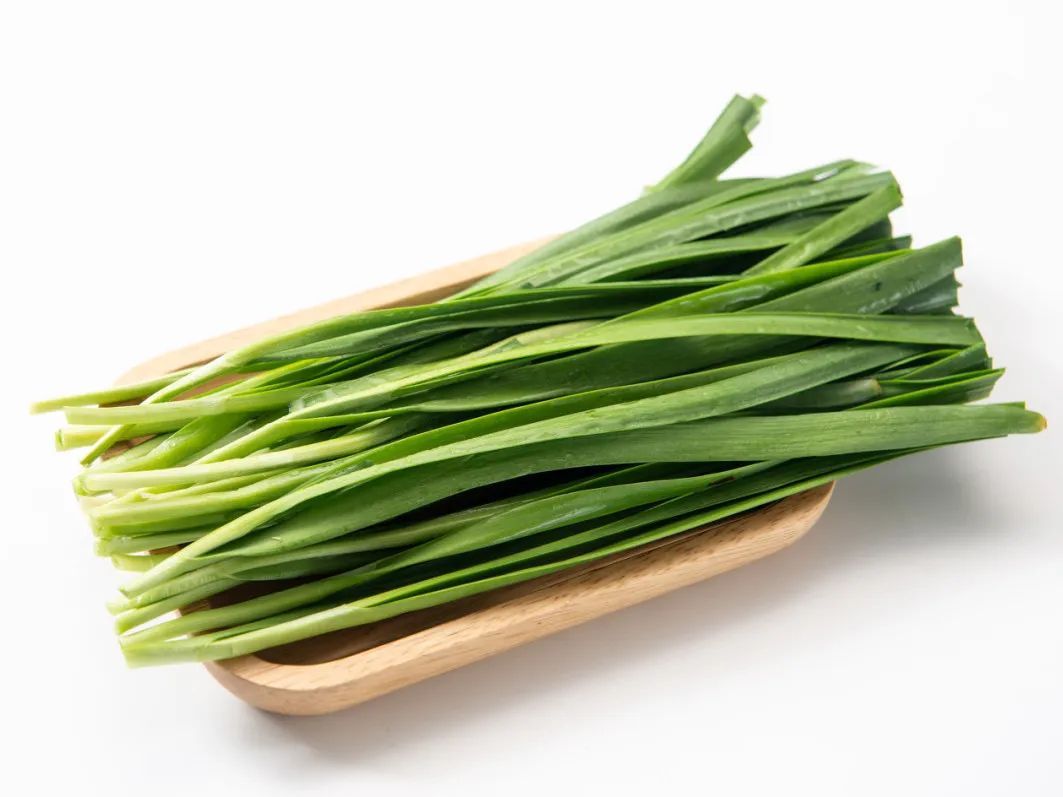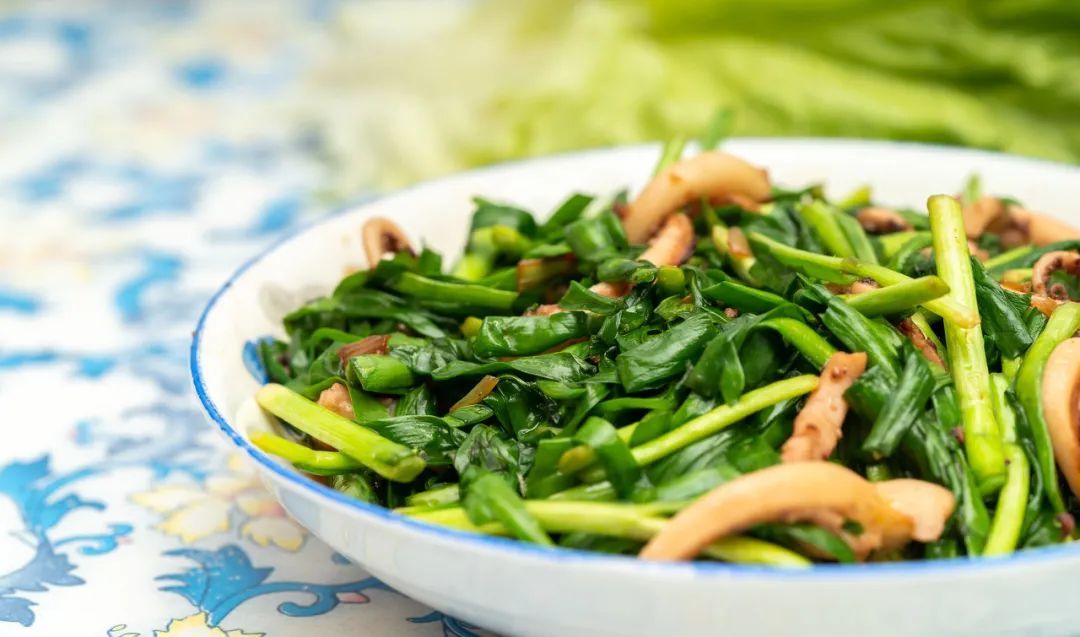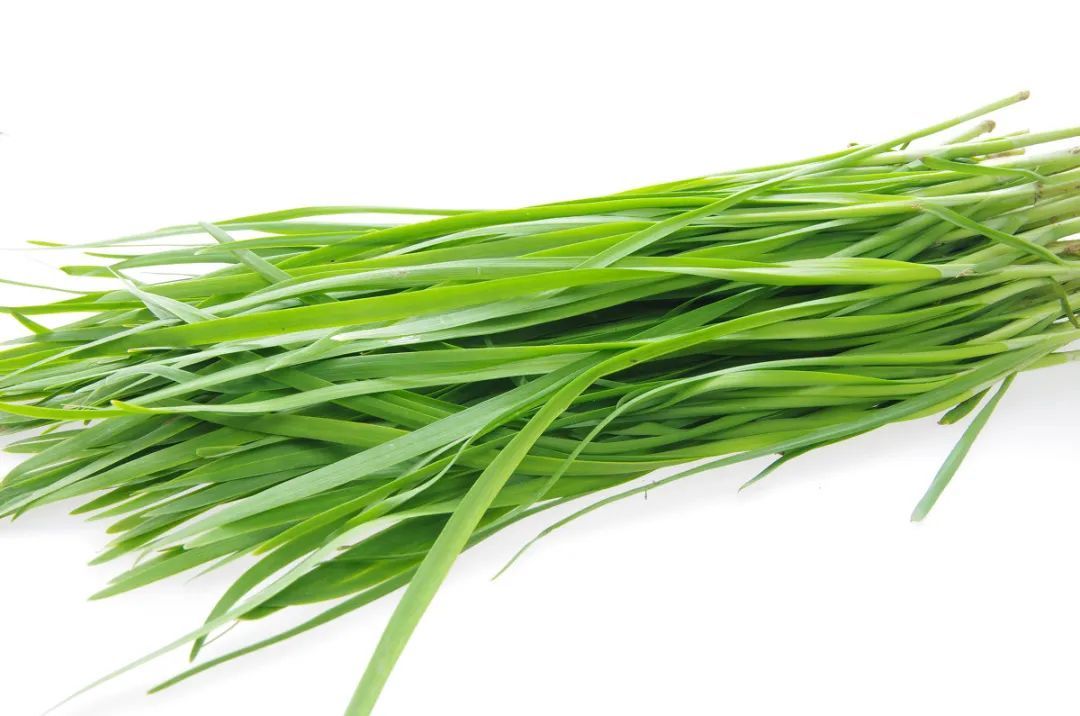
Traditional Chinese medicine says that spring is the season for yang qi, and chives are warm in nature and can enhance the spleen and stomach qi of the human body. In the Book of Songs, there is a verse of “Fleas on four days, sacrifice lambs to leeks”, and the ancients at that time already used leeks as the best for priests.

However, you have to be careful when eating leeks, you may be poisoned if you are not careful, and how did this poisonous leeks come from?
This mainly occurs in the planting of chives. In order to eliminate maggots or make chives look more beautiful, some vegetable farmers may use highly toxic organophosphorus pesticides such as 3911 and 1605 to irrigate the roots of chives. Root irrigation is actually a flood irrigation method in which the medicinal liquid penetrates into the roots of leeks. Of course, some vegetable farmers also choose to spray to cultivate leeks. Everyone should pay attention to this leek!
Organophosphorus pesticides 3911, 1605 are highly toxic pesticides that the state clearly stipulates not to be used on vegetables. If you eat leeks with residues of 3911 and 1605, you will have headache, weakness, nausea, sweating, Symptoms of vomiting, diarrhea, and severe breathing difficulties, coma, and decreased blood cholinesterase activity may occur. In addition, 3911 is not easily decomposed in the human body. If you eat leeks with pesticide residues for a long time, there will be more and more toxins in the body, causing more serious harm.
The use of pesticides actually has a lot to do with the characteristics of leeks, so we have to talk about the pests and maggots produced by leeks. Leek maggots are the worst enemy of chives, and it can almost be said to be the key factor affecting the yield of chives. Its larvae will eat leeks from the roots upward, and the growth of leeks will be harmed, and they will wither and die or rot.
The leek maggots are hidden in the soil, so vegetable farmers will use the root irrigation method to kill the leek maggots, but at the same time, many organophosphorus pesticides remain in the soil, and the leek absorbs these while growing. Organophosphorus pesticides, and the organophosphorus pesticides that enter the leeks through the roots are difficult to wash off with water, and the leeks are prone to excessive pesticide residues.
After the use of organophosphorus pesticides, the leeks will grow exceptionally strong, become thick and green, not only kill the leeks maggots, the yield will increase significantly, and the appearance will be more beautiful, so it is not ruled out that a few vegetable farmers deliberately use it for this purpose Organophosphorus pesticides.
How to clean to ensure that
How about eating leeks that are safe and secure?
There is a soil method, which can not only help you thoroughly wash the leeks, but also effectively remove the pesticide residues in the leeks.
01
First prepare a piece of gauze, then soak the gauze and wring it dry. Use a damp gauze to wipe the roots of the leeks, because anyone who has washed leeks knows that the roots of leeks are the most difficult part to clean. Of course, you can also rub a lot of chives together, just like the same method, with a gentle stroke, almost all the soil at the root of the chives can be wiped off.
02
Next, soak the cleaned leeks in the rice-washing water, hold the roots of the leeks with your hands, and rinse them back and forth in the rice-washing water will be more effective.
Some people on the Internet say that washing with salt water can remove pesticide residues. In fact, it is not very scientific to say that cleaning with salt water can remove pesticide residues. Washing leeks with salt water will not only remove pesticide residues, but also destroy the water-soluble vitamins in leeks. The rice washing water is weakly alkaline, it can remove pesticides, and the nutrients in a leek will not be destroyed.

03
After washing with rice water, wash the leeks with clean water, and then you can cook with confidence.
(“Safety on the Tip of the Tongue (Volume 4)” published by People’s Medical Publishing House)